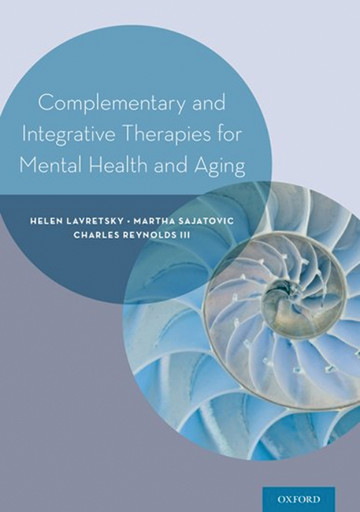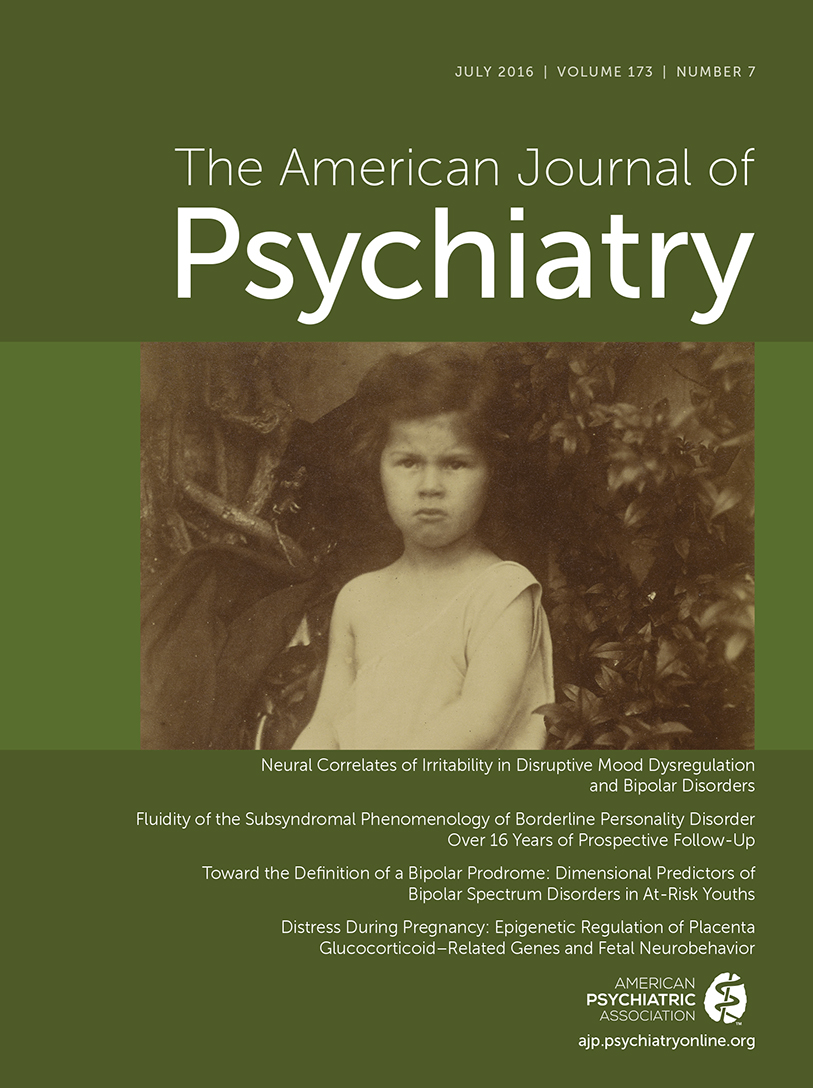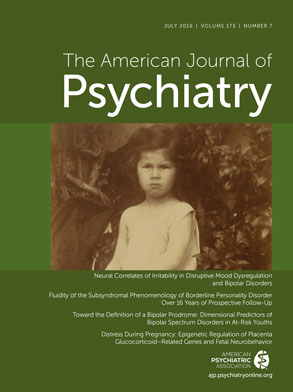According to the National Center for Complementary and Integrative Health of the National Institutes of Health, complementary, alternative, and integrative medicine “is a group of diverse medical and health care systems, practices, and products that are not presently considered part of conventional medicine” (p. xi). Early on in this book, which is edited by three accomplished geriatric psychiatrists, readers learn that the 12-month prevalence of any usage of such practices in the United States is over 30%. While the title includes “aging,” this is not a book focused on the aged—every psychiatrist’s patients are aging, and there is potentially useful information for all of us here. The book provides an essential primer on the various treatments many of our patients are using, whether we realize it or not.
The editors begin with a general overview of complementary, alternative, and integrative medicine and then move into three sections that address general overall well-being, stress-reducing interventions, and interventions targeting late-life cognitive and mental disorders. The style and quality of the chapters vary, generally in proportion to the extent of underlying evidence, the heterogeneity of which the editors address in the preface. In the chapter “Mind-body techniques to improve coping and stress response,” authors Glick and Teverovsky offer several important caveats on interpreting the scientific literature on complementary, alternative, and integrative medicine, and they point out that limited funding often equates to smaller sample sizes and that the nature of scientific publishing means that negative studies are less likely to be published. Unfortunately, some other authors are less cautious in their interpretations of the evidence and draw stronger conclusions than are warranted.
Highlights include David Merrill’s overview of lifestyle interventions for cognitive and biological aging, which presents mini-reviews on the role health behaviors such as smoking and exercise have in aging. While complementary, alternative, and integrative medicine may not make readers think of exercise or nutrition, the unfortunate truth is that these topics are de facto aspects of complementary, alternative, and integrative medicine, as they are often not part of conventional medicine delivered in day-to-day care. Authors Johnson and Green provide a fascinating overview of chiropractic care, which they note began in the United States in the late 1890s as healers began looking for alternatives to “medical ‘cures’ (i.e., bleeding and purging)” that were in common practice at that time (p. 142). The authors cite a recent national analysis showing that chiropractic care was used by more than 6% of Medicare Part B beneficiaries—in other words, about as many older adults see a chiropractor as receive specialty mental health care (
1). Finally, anyone who has googled anything related to mental health would send a patient online with great trepidation to learn more about complementary, alternative, and integrative medicine, given the strong biases and misinformation common in search results. Fortunately, Ellen Gay Detlefsen has written an excellent chapter on “senior-friendly” web sites in general; how to find resources related to complementary, alternative, and integrative medicine online; and how to help patients evaluate the quality of the information they find online.
The excellent chapter on complementary, alternative, and integrative medicine interventions for sleep disorders written by Varteresian and Lavretsky demonstrates how many of the book chapters are organized, generally beginning with what is known about the prevalence and pathophysiology of the given disorder in older adults. They then move on to a systematic discussion of different complementary, alternative, and integrative medicine strategies (e.g., melatonin, valerian root, magnesium, etc.), while presenting potential associated benefits and risks. But it is not until the end of their chapter, near the end of the book, that they present the most compelling argument for psychiatrists to read this book:
Despite the data lacking strong evidence, clinicians should not dismiss their patients when they inquire about or express a desire to use [complementary, alternative, and integrative medicine]…. Instead, a clinician should maintain a level of proficiency in the commonly used remedies and therapies, trying to provide a balanced informed view of the existing evidence (p. 442).
As the authors go on to point out, modern cohorts of older adults—and baby boomers in particular—may have strongly held beliefs about the benefits of complementary, alternative, and integrative medicine, “regardless of their providers’ views” (p. 442). Providers should be informed enough to help their patients make the safest decisions possible, in a way that maintains the alliance with their patient.


